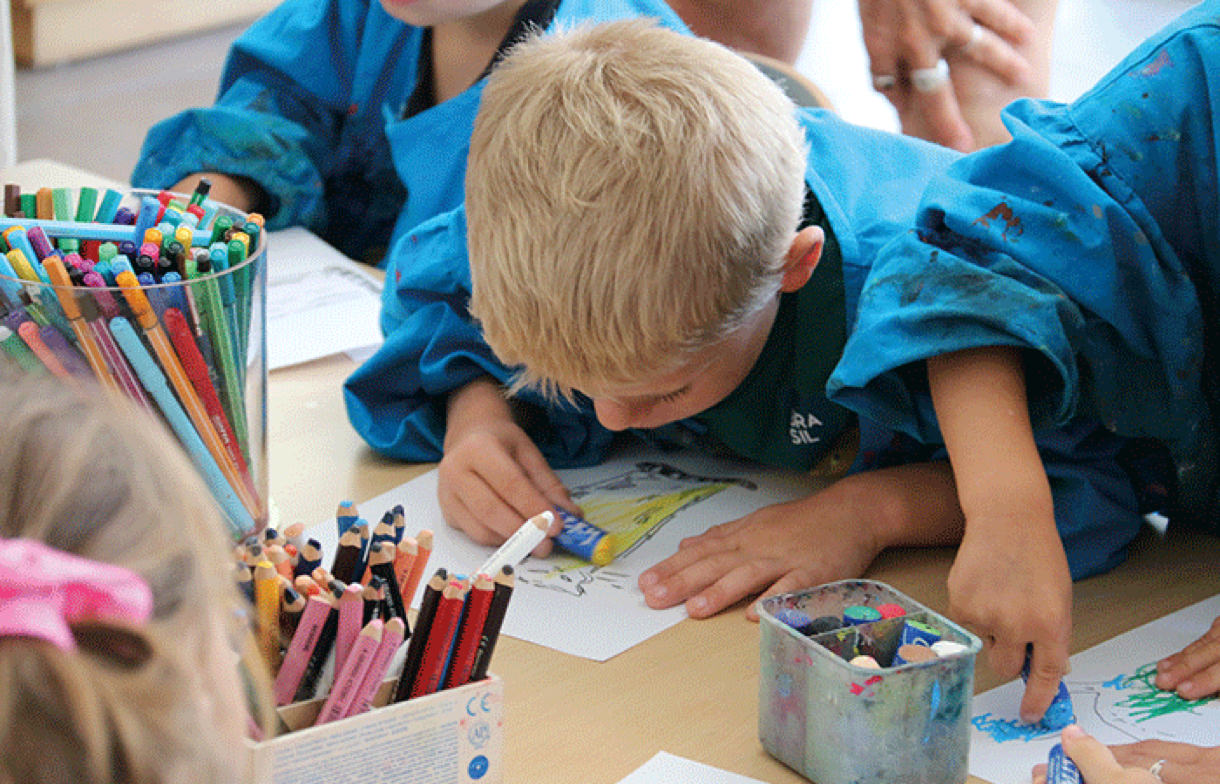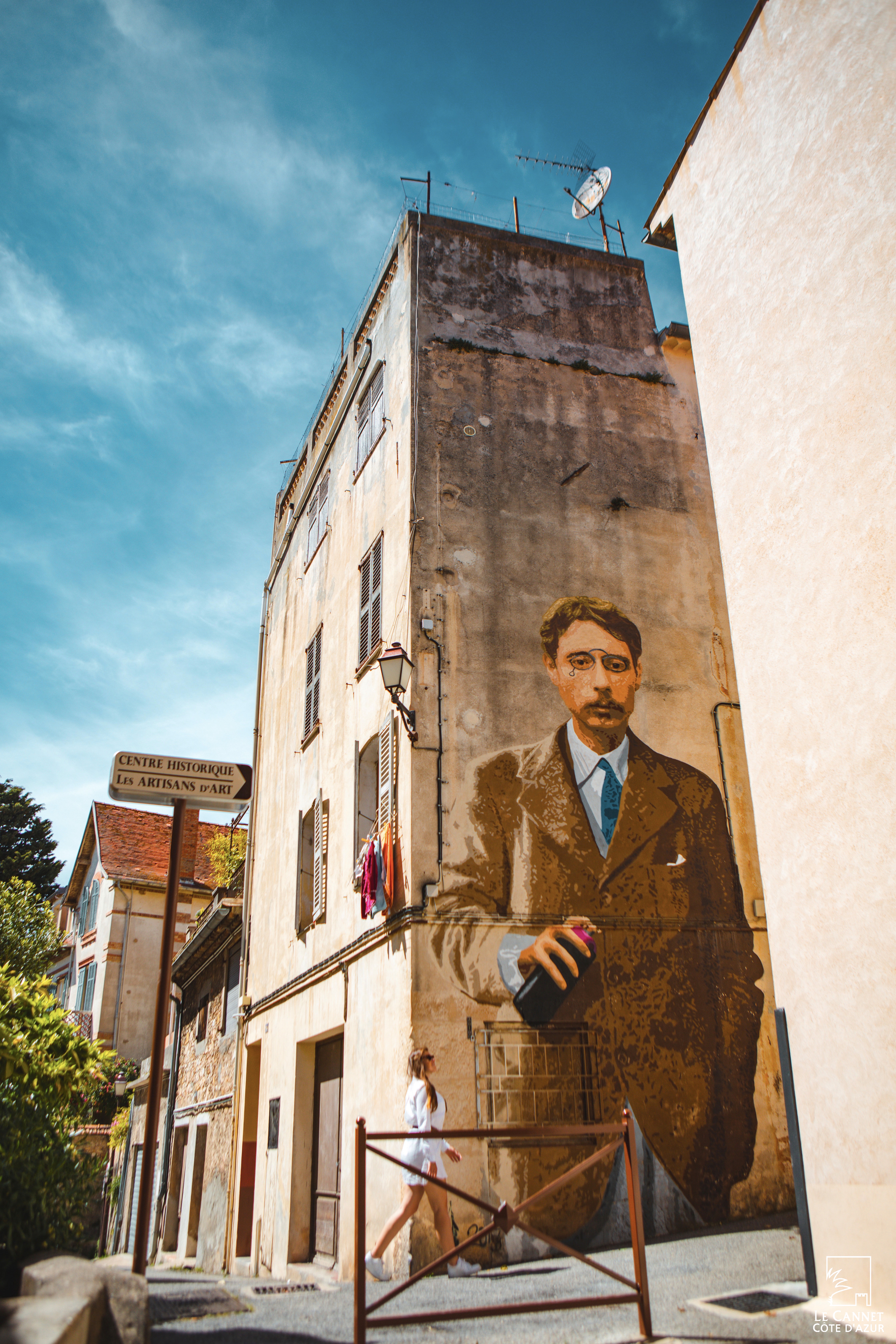 Instants
Instants
d’expériences
Succombez au charme et à la douceur de vivre du Cannet Côte d’Azur, véritable terrasse ouverte sur la mer méditerranée !
Agenda


CultureDistractions et loisirs
Jeux sur place à la Ludothèque des Etoiles
Le Cannet
17 novembre 2025














